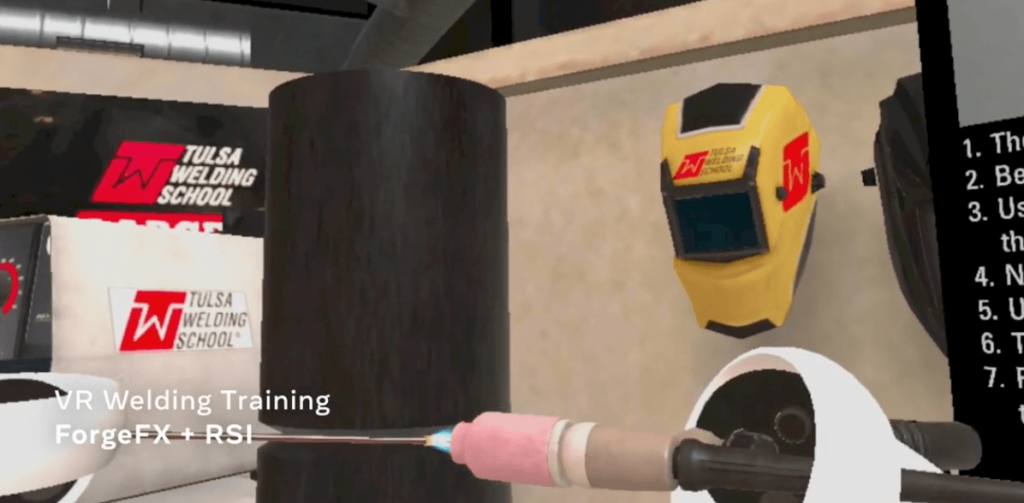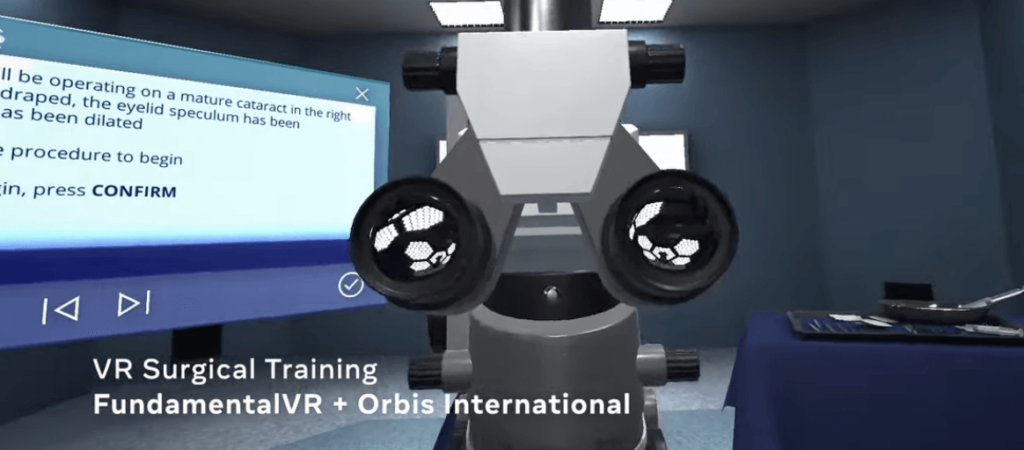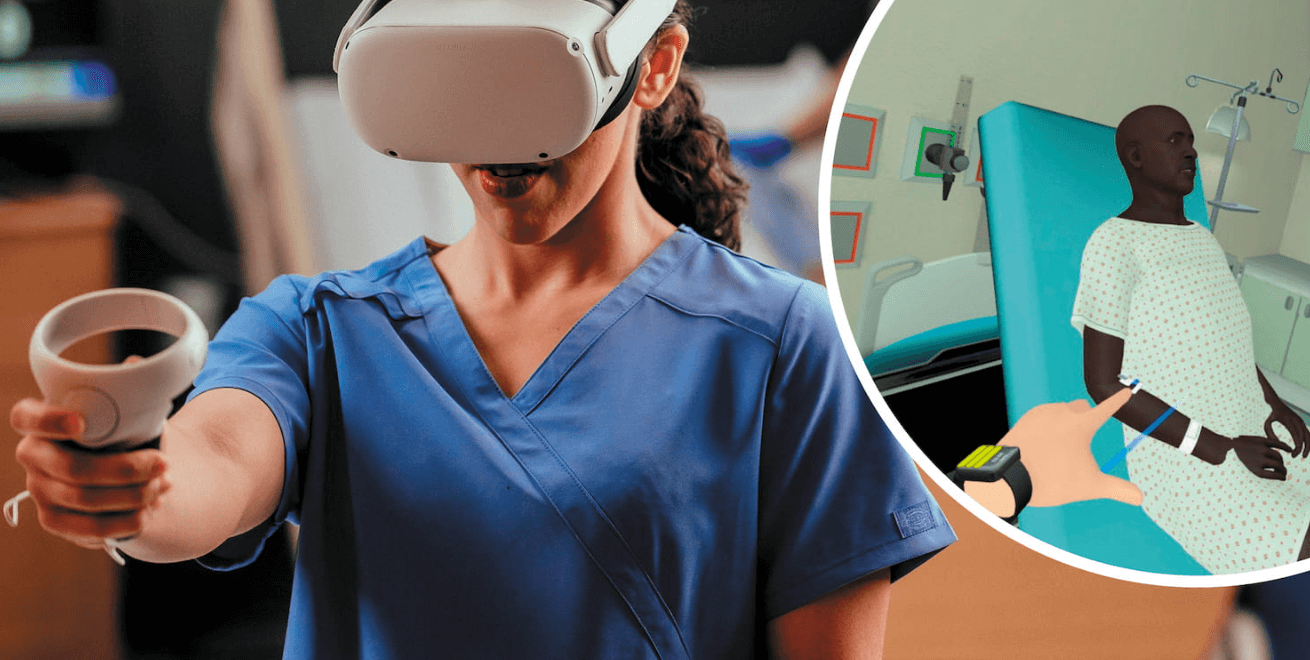Traditional training methods in trades, healthcare, and sports are buckling under the weight of modern demands. Imagine a welder practicing in a zero-risk virtual environment, a surgeon rehearsing a rare procedure with AI-guided precision, or a quarterback analyzing real-time biomechanical feedback—all without physical consequences. Virtual and mixed reality (VR/MR) are no longer sci-fi novelties; they’re solving critical skill shortages and safety gaps. By 2025, industries facing labor crises—like construction, where 41% of firms report worker shortages—are turning to immersive tech to fast-track expertise.
Bridging Skill Gaps in High-Stakes Fields
Healthcare offers a stark example: AppliedVR’s pain management programs use biofeedback-enabled VR to train clinicians in non-pharmacological interventions, reducing opioid reliance. Meanwhile, Medibank’s telehealth expansion integrates VR simulations for remote diagnostics, reflecting a 30% drop in procedural errors in pilot studies. Even Varjo’s $2,500-a-year MR subscription—packing 3D reconstruction for industrial training—signals a shift toward scalable, high-fidelity upskilling. These tools aren’t just replacing textbooks; they’re redefining muscle memory and decision-making under pressure.

Why should you care? Whether you’re a nurse navigating AI hallucinations in patient care or a coach refining split-second athlete reactions, immersive tech bridges theory and practice. It’s not about flashy headsets—it’s about survival in fields where mistakes cost lives, time, or careers. The future of expertise is being rewritten, one virtual scenario at a time.
Precision, Personalization, and the Cost of Immersion
VR/MR’s power lies in its ability to merge hyper-personalized training with measurable outcomes. Take healthcare: Heidi Health’s AI medical scribe, now expanding into New Zealand, uses VR to transcribe and analyze clinician-patient interactions in real time. This isn’t just note-taking—it flags inconsistencies in diagnoses, reducing documentation errors by 45% in trials. But immersion has trade-offs. Varjo’s $2,500 annual paywall for industrial MR features like 3D reconstruction forces firms to choose: Is chroma-key simulation for welders worth the premium? For BMW’s Munich plant, the answer was yes—VR-guided assembly line training cut defect rates by 31% in six months.
Sports training reveals another layer. While VR helps quarterbacks decode defenses, mixed reality now tackles biomechanical inefficiencies. STRIVR’s NFL partners use motion-capture MR to overlay joint angle data onto live practice footage, identifying micro-imbalances. A 2024 UCLA study found athletes using this system improved reaction times by 19% compared to traditional video review. But the real frontier? Pain management. AppliedVR’s biofeedback protocols, originally designed for chronic pain, are being repurposed for injury recovery. By syncing heart rate variability with VR environments, athletes learn to modulate stress responses—a tactic the Golden State Warriors credit with shortening rehab timelines by 22%.
Trades face a scalability paradox. Varjo’s paywalled features enable photorealistic electrical grid simulations, but smaller contractors balk at costs. Enter open-source alternatives: Siemens’ Xcelerator platform offers free MR modules for HVAC system diagnostics, adopted by 14,000 technicians since 2023. Yet fidelity gaps persist. A Purdue study found VR-trained plumbers scored 27% lower in real-world pipefitting than those using $10,000 HoloLens setups. The lesson? Not all skills translate equally—prioritize high-risk tasks (e.g., live-wire work) for premium tools.
AI integration introduces new pitfalls. Medibank’s telehealth VR now includes “hallucination drills,” where clinicians identify erroneous AI-generated patient data. At Johns Hopkins, nurses using these simulations detected 41% more diagnostic errors than control groups. But reliance carries risks: A 2025 HIMSS report warned that VR-trained surgeons showed 18% slower manual adjustment rates when AI guidance failed. The fix? Hybrid curricula—pairing VR with tactile “haptic floors” for muscle memory retention—are gaining traction in orthopedic residencies.

Cost-benefit debates rage. While Varjo’s subscription model targets enterprises, startups like TradeXR offer $99/month MR for welding certifications. Early data shows a 14% dropout rate among users, citing motion sickness and UI complexity. Contrast this with Medinet’s hospital partnerships: Their $200,000 VR suites reduced surgical complications by 37%, justifying ROI within eight months. The divide underscores a reality: Immersive tech’s value scales with stakes. Saving minutes on a football play? Optional. Saving lives in an OR? Non-negotiable.
Conclusion: Navigating the Immersive Frontier
VR/MR’s transformative potential hinges on strategic adoption, not blind investment. Prioritize high-stakes scenarios where errors carry existential costs—surgical complications, live electrical work, or split-second athletic decisions. For lower-risk tasks, open-source tools like Siemens’ Xcelerator offer viable entry points without sacrificing efficacy. Yet as Medibank’s telehealth expansion shows, interoperability with existing systems (e.g., EHR integration) is non-negotiable for scalability.
Hybrid training models are emerging as a safeguard. Pair VR simulations with tactile haptic floors or low-cost physical drills to counteract overreliance on AI guidance—a lesson underscored by Johns Hopkins’ error-detection drills. Meanwhile, AppliedVR’s biofeedback protocols reveal an underutilized edge: repurposing pain management tech to teach stress modulation in high-pressure roles, from ER nurses to firefighters.
Cost debates will persist, but ROI hinges on measurable outcomes. Track metrics like defect reduction (BMW’s 31% drop) or rehab timelines (Warriors’ 22% improvement) to justify premiums. For smaller operators, TradeXR’s $99/month welding modules prove even incremental gains—14% certification speed boosts—add up. The future? Expect tighter AI-VR symbiosis, with tools like Heidi Health’s scribe evolving from transcription to real-time diagnostic co-pilots.
One question remains: Will industries adapt their cultures as fast as their tech? Success demands rethinking credentialing, fostering VR-literate mentors, and addressing ethical gaps—like mitigating AI hallucinations in patient care. The immersive revolution isn’t coming; it’s here. Your move determines whether it’s a tool—or a trap.

